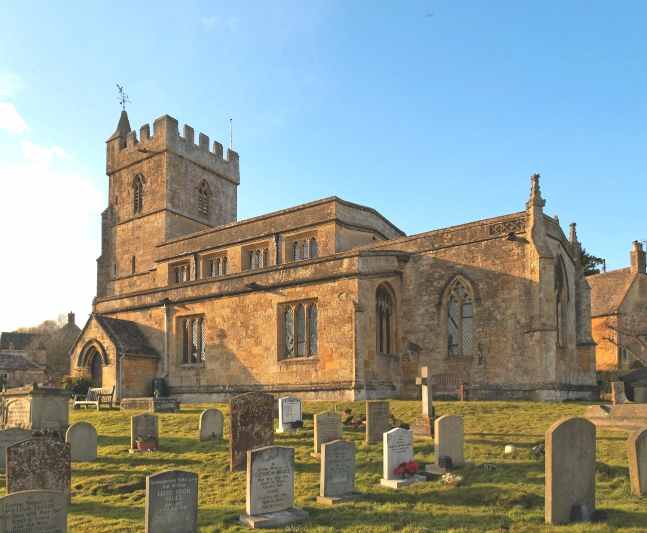
Photo: Chris Povey
What made them dreadful? Firstly, they were anti-clockwise; secondly, the tenor rope came down very nearly behind the treble's (yes, really); and thirdly, they went like the side of a house
. They were fully ripe for a rehang. It was very difficult to turn the tenor into even the 12 changes of Plain Minor. The upper tier of the bellframe carrying the two trebles was replaced at the rehang, so the arrangement is still 3, 4, 5 & tenor in the lower tier, and treble & 2 above. The lower tier was supposedly constructed in 1699! The bells were probably retuned at the rehang and lost their canons then, too. The bells are as follows: treble and 2nd by John Rudhall 1792, 3rd by Mears & Stainbank 1873, and 4th, 5th and tenor (11-1-27 in F) by Henry Bagley 1677.
The entrance to the tower is via a side passage off the tower entrance to the church. This arrangement, like many, firmly encourages ringers never to look inside the church itself. However, it is well worth doing so. It was the mother
church of Moreton until 1887 (see Rev Spencer John Jones and his Cup)
As with all clerestoried naves, the interior is light. The church dates from 1157, although the columns with decorated capitals on the S side are the only parts remaining from that date. They are similar to those in Broadway Old Church and Mickleton. The 15th.C stone screen at the E end of the S aisle is a recent addition and was salvaged from a builder's yard in Moreton! Its installation in 1927 was supervised by Charles Bateman, a prominent Arts & Crafts
architect who lived and worked in Bourton 1922-47. He also designed the altar posts, altar rails and reredos. Bateman lived next door; his preserved studio is adjacent to the churchyard in the SW corner. Another A&C architect, Guy Dawber, was responsible for the pulpit in 1893. The top of the tower affords outstanding views, as the lucky few saw after the FSG Striking Competition there in 2004!
The 1904 clock, by Smiths of Derby, has a north-facing dial and ding dong
quarters, but with just the hour strike on the hour: unusual.
The Guild has a practice here on April 17th (see Diary)